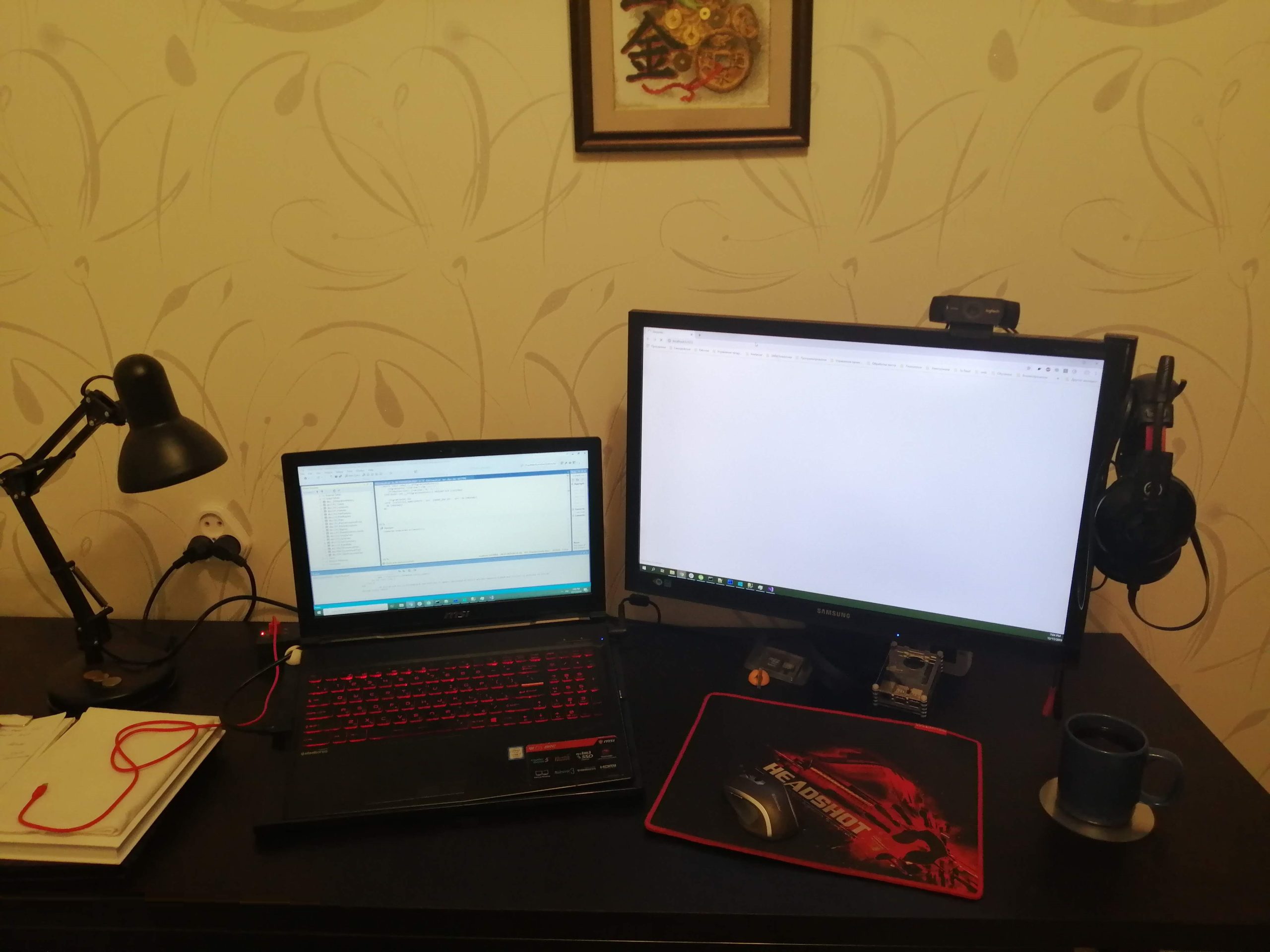The number of remote workers and freelancers is greatly increasing, every year. Many companies have switched to remote work out of necessity, thanks to the current coronavirus pandemic. However, regardless of this event, our remote workforce is simply exploding.
For many people, remote working means less stress, saving time on your commute and the elimination of those tedious office distractions. But what if you’ve never worked from home? How do you organize your home office? How do you equip your workplace to stay productive and show your employer that you can work from home, even when the pandemic is over?
This article will provide a guide, which will help you to be as efficient as possible when working from home.
- At first, your spouse and kids may misunderstand the situation. After all, you’re staying home, all day long. Why not play with the kids, help them with homework, or discuss the latest news? It’s essential that you explain to your relatives that even when you’re at home, you are still working and you should not be distracted. This process may be difficult at first, and you may have to repeat your request a number of times, but stay patient. They just need some time to adapt to the changes.
- Try to organize an isolated workspace. The best way is to designate a separate room as your home office. Alternatively, if you don’t have this luxury, you could use your bedroom as a day-office. The main thing is to organize the space correctly. If you don’t have a room where you can be alone during the day, put up a screen. Whilst it’s not the best option, a screen allows you to clearly define your dedicated workspace, which is very important. Firstly, it will allow you to disconnect from the surrounding activity, which inevitably becomes a distraction. Secondly, this makes it easier for your family to understand that while you are in your workspace, you should not be distracted.
- Get yourself a comfortable desk and chair. Your chair must offer support, and there must be enough space on your desktop for everything you need. When I started working from home, I bought myself a table with a tabletop depth of 40 centimeters. However, I had to buy a new tabletop with a depth of 60 centimeters to comfortably fit my notebook. Also, depending on your work, you may find it useful to have a corkboard or whiteboard on hand. This will allow you to place stickers and reminders or visualize ideas while you work.
- Stable communication channels are essential. Make sure that your internet connection is stable enough to support your business. Sometimes, it may be worth purchasing a secondary internet service from another provider. Therefore, you’ll be able to switch connections in the event of a problem with your main service. For example, I have a cable connected internet from one provider and mobile internet from another. It helps me to stay online even if one of my providers has infrastructure issues.
- If you’re planning to take part in video conferences with your colleagues or customers, make sure that your surroundings are presentable. Sit down at your workplace, turn on the camera on your device and make sure your audience will be able to see only what you want them to see. These surroundings should remain presentable, just in case your laptop moves slightly. Moreover, ensure you don’t have a window or source of bright light behind you. Otherwise, you’ll be backlit and difficult to see. If your workplace is simply poorly located for video calls, rotate your device or find a separate chair for video conversations. Setting up a screen to block light can also help in this situation.
- Organize your time. When you work from home, it’s very easy to slide into one of two extremes. The first extreme is that you might fall into a routine that involves a shorter workday, resulting in poor productivity that is visible to your employer or customers. The second extreme is a workday that stretches out, with no defined end. Therefore, the best way to combat these issues is to stick to a fixed daily routine. Define your working schedule. Set alarms at the beginning and end of the workday, as well as for breaks and lunch. If you are working in a team distributed across different time-zones, make an effort to avoid checking work emails and messages outside of your working hours (no one is going to die!). This is important, because you may find that your workday becomes 14 hours instead of the regular 8 hours. As well as this, be flexible with your time. For example, I have many projects with customers whose time zone is 10-12 hours behind mine. In these cases, I often split my workday into four phases. I’ll dedicate 1 hour early in the morning and 1 hour late at night for communications with the customers and colleagues who reside in remote time-zones. The rest of my regular schedule involves 6 hours, with 1 hour for lunch. If a customer needs more attention or I need to travel during the day I can shift my schedule slightly, but it happens rarely.
I sincerely hope that these recommendations will help you become more effective in your quest to work remotely. Good luck with your business.
